Food Deserts In Targeted Neighborhoods of Color
A McDonald’s location draws attention and traffic at Slauson and Central Avenues (above)
Going to a supermarket is a common practice every American has taken part in. Whether you go every week or month, it is something that you unknowingly take advantage of.
Given the most recent food access research report (published in 2017) by the United States Department of Agriculture (USDA) called Characteristics and Influential Factors of Food Deserts, nearly 39.5 million people — 12.8% of the U.S. population —are living in low-income and low-access areas. Meaning, that within this group — 12.8% of the population – researchers estimated that 19 million people had limited access to a supermarket and/or grocery stores at the time of the report’s publication.
What are food deserts?
Food deserts are geographical areas where residents have few to no convenient options in obtaining healthy and affordable foods because it is either limited or there are no close grocery stores.
But, “food deserts” has become such a broad term that it can lose the significance of what it truly means. When a problem is as big as food deserts, when researched upon, there is a level of “qualification” – what is and is not up to consideration. So let’s go over the location, how to identify, and any other characteristics.
Locations of food deserts are a lot more common than expected. Food deserts are frequently found in areas with:
- Small populations and, vice-versa, very large populations that can sometimes be neglected
- High unemployment rates
- Low property value, or high rates of abandoned or vacant homes
Identification of food deserts is similarly found, with researchers considering a variety of factors. These include:
- High level of poverty
- Access to food is measured by the distance or number of grocery stores
- Household resources, family income, or personal vehicle availability
- Community resources, availability of public transportation and the average income of the neighborhood
While these factors of food availability can exist in various communities, food deserts disproportionately target the most vulnerable neighborhoods. Compared to their predominantly white neighborhoods, Black and brown communities and low-income areas usually get left in the dark when accessing healthy food. Food deserts in these communities are a racial and equity issue.
Geographical View
Food deserts are not naturally occurring, rather, they are deeply rooted and result from systemic racism and oppression in residential segregation. To break this down, residential segregation leads all the way back to systemic racism – according to Glenn Harris, president of Race Forward and publisher of Colorlines, systematic racism is defined as “the complex interaction of culture, policy and institutions that holds in place the outcomes we see in our lives.” Meaning, there are policies and practices that have systematically denied equal opportunity to minority populations.
Residential segregation is hard to pinpoint but according to Dymond Green in her documentation of Why food deserts are still a problem in America, it leads back to the 1960s when housing was in high demand. This led to new developments in the suburbs, and as soon as the areas in the suburbs were open, white middle class families moved there. Paving the way for a phenomenon called “white flight,” many businesses soon followed after their white counterparts and left. This left a heavy population of Black Americans and other people of color behind in under served communities.
Well, what did this do?
The barriers for the economic development of Black and brown communities were treated unfairly. It was harder to get loans, investments, and because the competition of these neighborhoods were now on a different status, many companies only cared about the highest potential for growth. The only “grocery stores” and “supermarkets” that were available were convenience stores and corner stores, which then lowered the price of the neighborhood entirely.
Consequences: Why does this matter? Does it really affect today’s food deserts?
Absolutely. The consequences of food deserts are dangerously recurring and need to be addressed. During an interview with Dymond Green, a resident in Baltimore, Ms. Davis plainly said “They are killing us.” Unfortunately for many residents in Black and minority neighborhoods, the only food choices mostly come down to processed foods or fast food. There are no convenient food choices available.
Food deserts can cause consequences of a variety of illnesses and health issues. What people eat is largely dependent on their access to various food but sadly enough at times due to systematic racism, the odds are stacked against the residents in Black neighborhoods.
Healthy food access is complex and includes various factors. One thing to also take into account is the sociocultural environment (cultural taste preferences)–because LA is so segregated in its neighborhoods, the difference between them can be like night and day. As a result, regularly poor diets are common, linked to foods that are high in sugar, sodium, and unhealthful fats. This can contribute to diet-related conditions such as high blood pressure, diabetes, weight-related conditions (obesity), especially in children. According to the USDA, the rates of all these factors are increased over race and ethnic aspects in food deserts.
Most of the time, these consequences are carried out and led exclusively by corner stores. Corner stores, convenience stores, liquor stores, and mini-marts are all found locally through any community, but especially in Black and brown neighborhoods. When a resident steps into a corner store, all you see are dietary essentials; not real food, but instead processed food. In addition, even when convenience stores and small grocers stock healthy foods, they are often too expensive for people with a low income to afford.
Conclusion: Solutions? What is the future state of food deserts?
While many organizations help with advocating for food deserts and fighting against the stigma against them, the job can not solely be put on these organizations. Governmental policy is a very important and helpful resource that can hopefully one day make things better for food deserts. The overall goal for neighborhoods stuck in food deserts is to have equal access to high-quality healthy food at affordable pricing. Some solutions that most organizations take into consideration are:
- More resources, from and to nonprofit organizations
- Backyard and community gardens
- Food assistance programs
- Increasing access to local farmers markets
- Promoting safe and fair farm worker conditions
- Giving residents a say on food-related decisions that people make in government
- Encouraging healthful dietary habits by providing education and training on food production, preparation, and nutrition
Healthy food access is a multifaceted issue. Increasing the number of healthy food outlets in low-income and minority neighborhoods is a critical step toward lowering diabetes rates and improving overall health, but the challenge of equitable access to healthy food cannot be tackled with jigsaw solutions. We need more demand and ownership of this problem. Building more grocery stores won’t necessarily make things better. Equity food access makes the options better, but not all choose healthier foods due to either the familiarity of ‘bad’ food or because eating habits are deeply entrenched in generational aspects.
Some people in these neighborhoods are actually against the introduction of these massive grocery stores like Trader Joe’s and Whole Foods because of the fear of gentrification towards their neighborhood. As one member from the Portland Development Commission stated, new grocery stores “attract non-oppressed populations and furthermore [lead to the] displacement of low income and Black residents.”
In short, food deserts are areas where people are unable to access healthy food at affordable prices or lack community resources (i.e., transportation). Because of food deserts, there are lots of consequences including long term health issues, like high blood pressure, weight issues, and diabetes. Food deserts are a mammoth problem and therefore need a heavy amount of corrections in policy, including assisting communities of color with the provision of more resources and ownership.

Victoria M-L is currently a junior and in her second year working with The Echo, GALA's school newspaper. She enjoys reading, listening to music, playing...






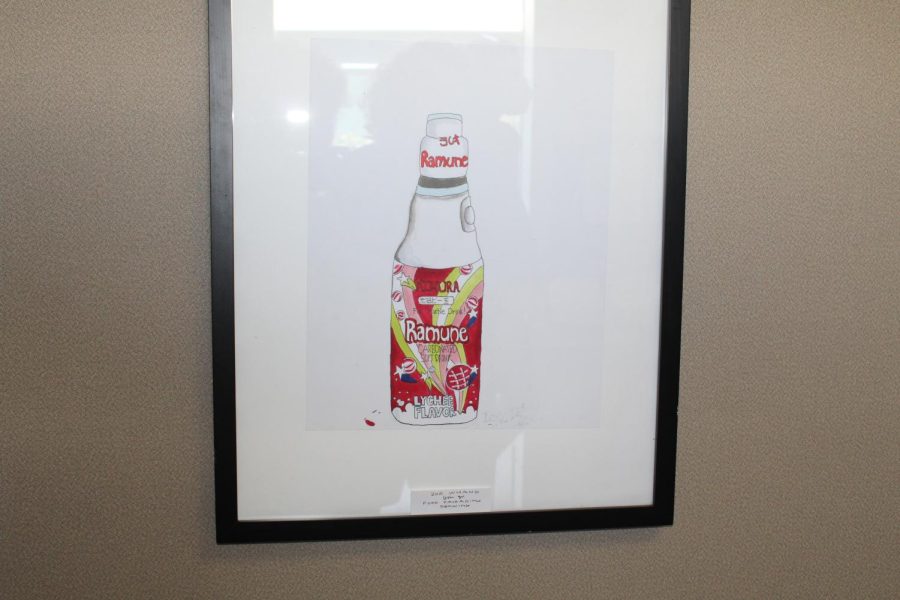






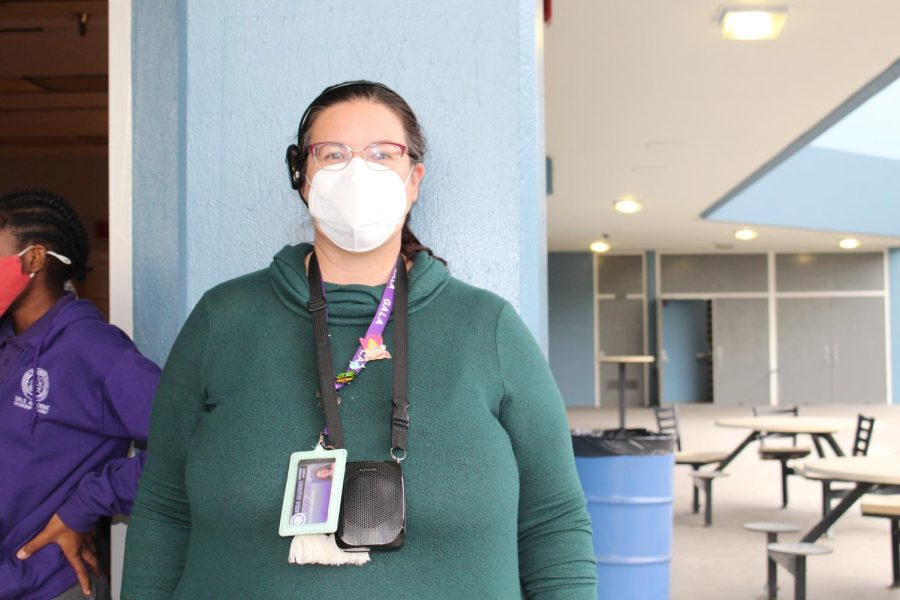





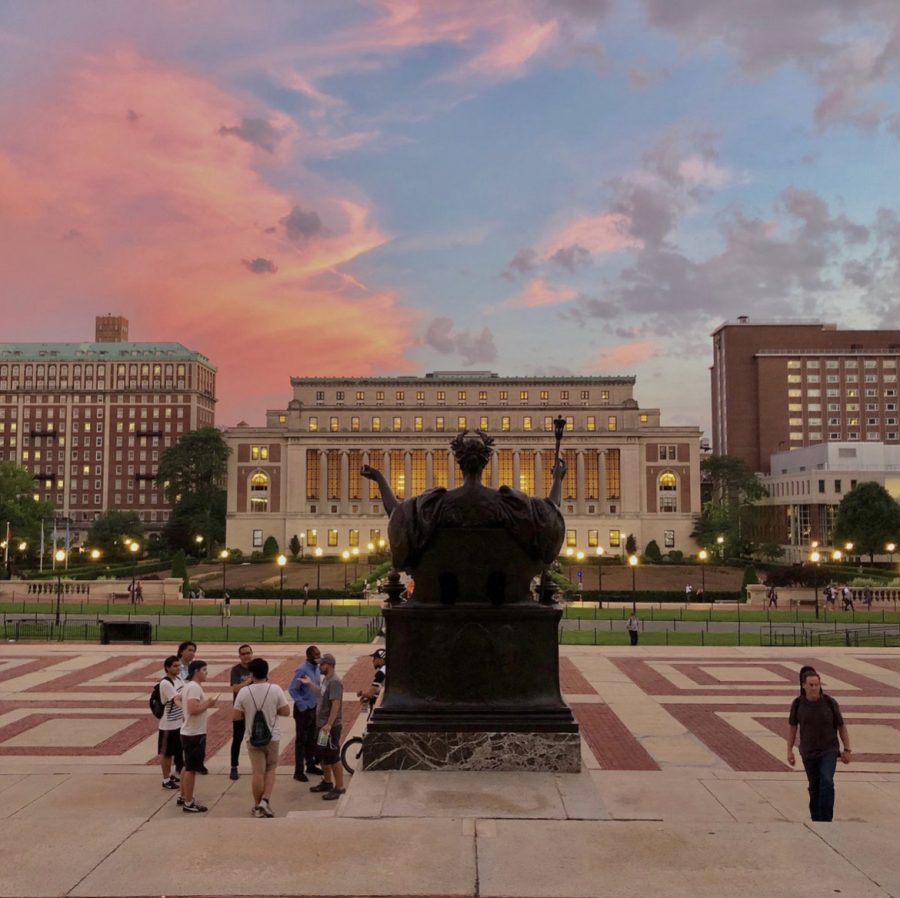
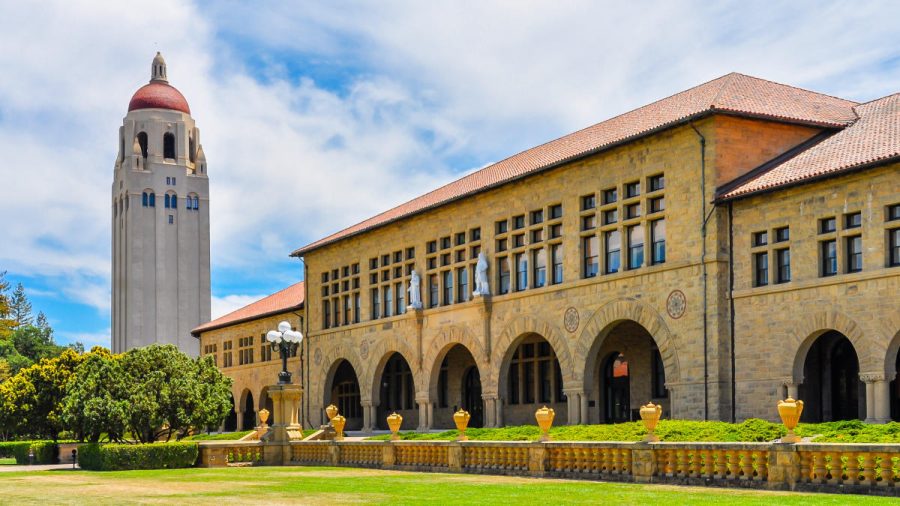

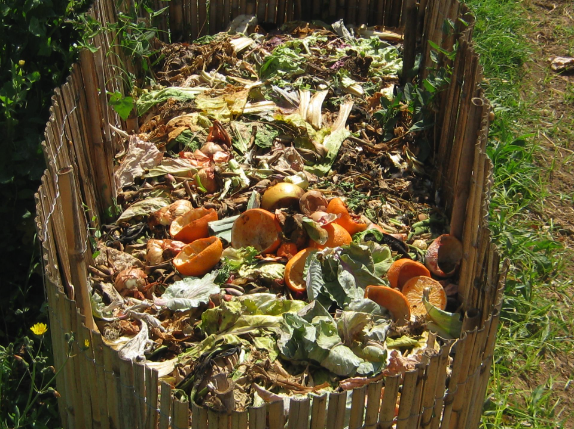




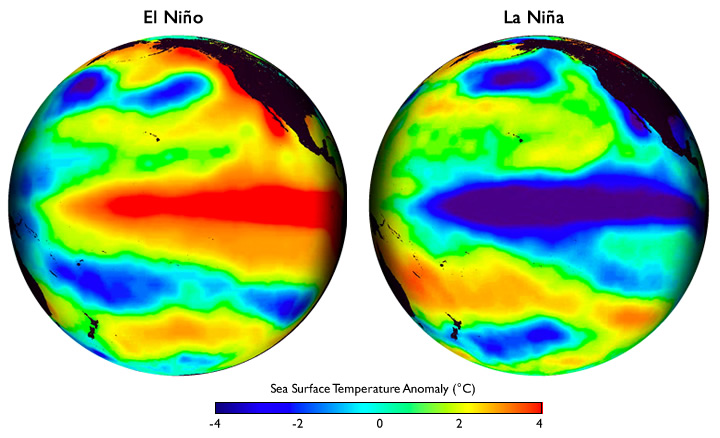


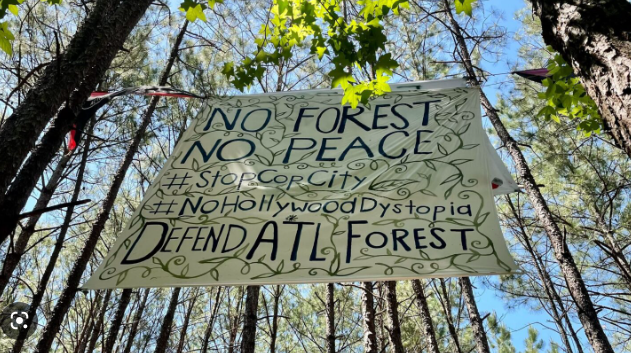

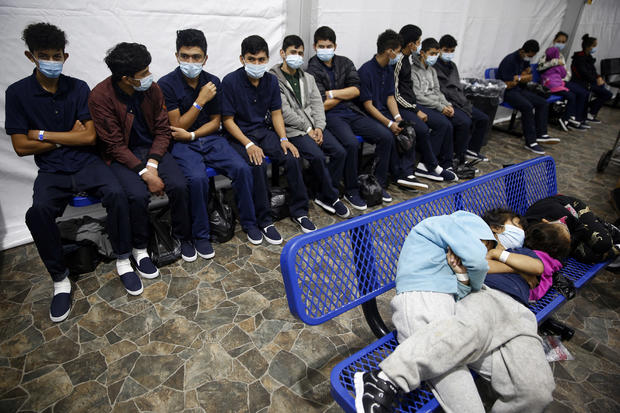









































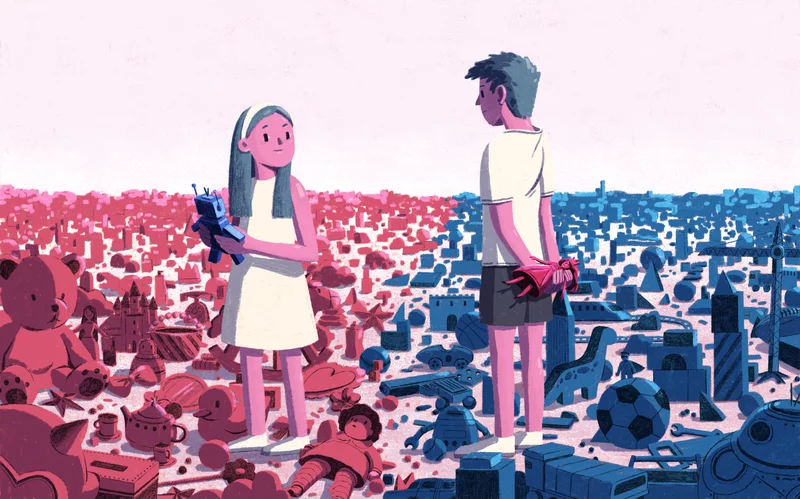

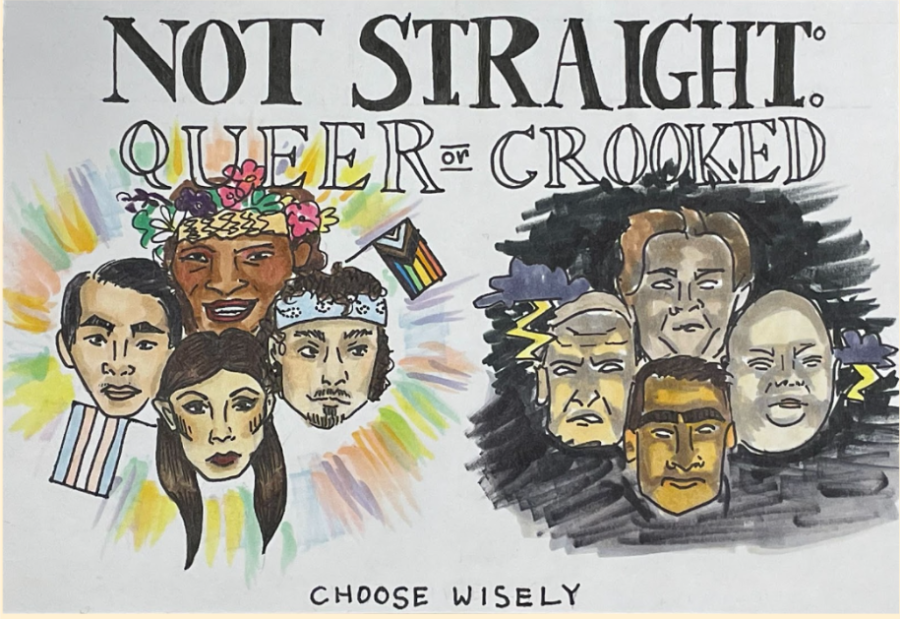


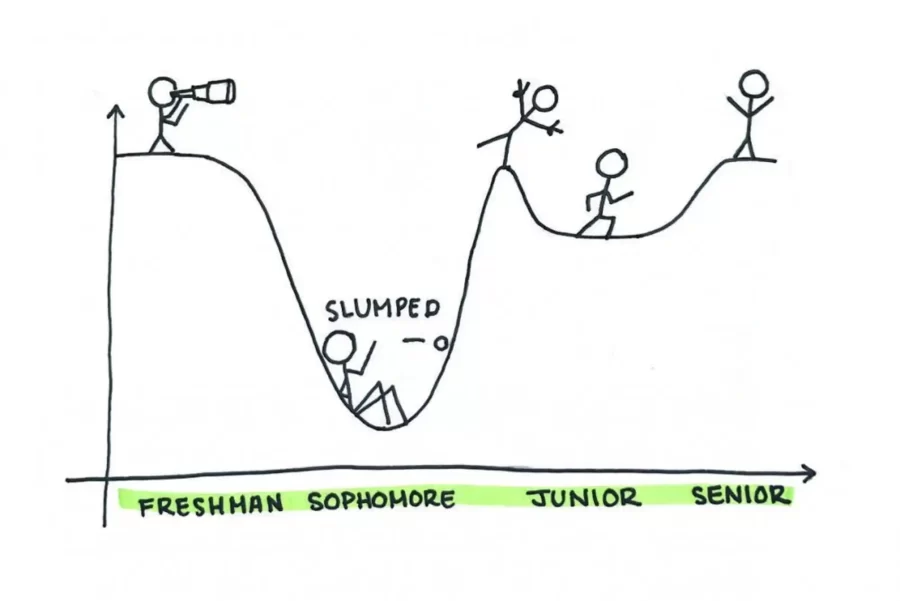






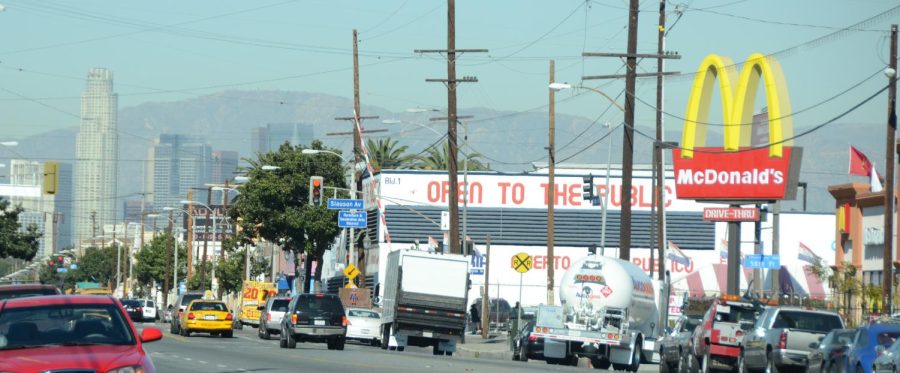
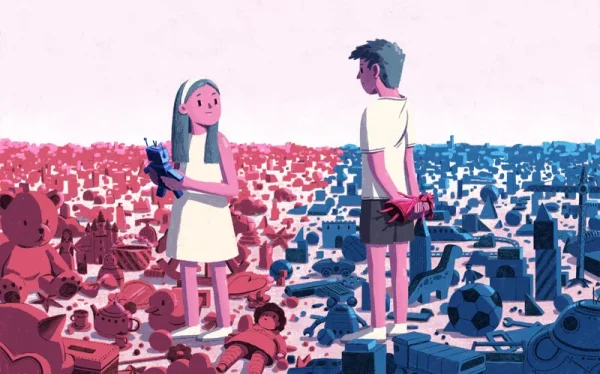



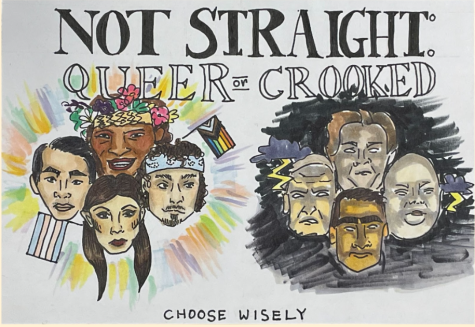





Stella • May 24, 2022 at 5:40 pm
Beautiful writeup.I gain a lot from this article
Nolan • Mar 1, 2022 at 8:22 pm
Very well written, and a wonderful source for a writing project on food deserts that I wanted to bring some nuance to 🙂
Jo • Feb 8, 2022 at 8:34 pm
This is such a beautiful article! I had never considered the effect gentrification had on situations like these, this article really broadened my knowledge of this topic.